The tortuous PTI politics behind these by-elections explained, sort of
Now that the PTI’s ploy to force the government’s hand by emptying out the National Assembly has not worked, it is gunning for the position of the Leader of the Opposition. The Leader of the Opposition plays a key role in choosing the caretaker prime minister who will see us through to a general election. To this end, a tussle is playing out over NA seats and their by-elections.
The Pakistan Tehreek-e-Insaf is preparing for by-elections on 64 National Assembly seats, which they vacated in order to try to force the government’s hand to call early general elections. It is also celebrating “getting back” 43 seats they had resigned from; the Lahore High Court suspended these resignations. If they had been accepted, the PTI would have had to fight for 43 seats all over again and would have effectively lost its chance at putting someone forward as the Leader of the Opposition.
The story of these seats began last April. Here is how we got to this point.
When Imran Khan’s government was dismissed through a no-confidence vote on April 10 last year, his party announced their MNAs would no longer stay in the National Assembly. Apart from the 20 or so members who broke away at the time of the vote, 123 PTI members handed in their resignations the very next day.
The PTI members may have resigned but this did not mean that their resignations would be accepted. In fact, the Speaker had the power to dither over allowing so many MNAs to exit. So the strategy was to handle the resignations a few at a time. If all 123 had been accepted, the government would have most definitely had to immediately announce general elections.
After months back and forth over the acceptance of the resignations, NA Speaker Raja Pervaiz Ashraf accepted 11 of them on July 28. Subsequently, by-elections were held on nine of these 11 seats (two out of 11 were reserved seats). And Imran Khan himself contested eight seats and won seven of them. This proved that the PTI was still popular at the ballot box and could do well if a general election were held.
The PTI then went on the offensive towards the year’s end, by announcing it was dissolving the assemblies of Punjab and KP. This would have meant that fresh elections would have to be called for the assemblies of two of the most powerful provinces. If the PTI had won in the provincial elections, it stood a good chance of winning a general election whenever it would take place.
The PTI also turned its sights to the National Assembly. It still had enough members that the Speaker insisted on verifying resignations one by one. Soon enough, rumours of a no-confidence vote against Prime Minister Shehbaz Sharif began to circulate as a threat that even his government could be toppled.
In a panicked response, the Speaker sprang into action. He accepted 35 of the remaining 113 resignations on January 19, another 35 (including Sheikh Rasheed’s) on January 21. As the remaining 43 members scrambled to withdraw their resignations (and keep their seats), the Speaker signed off on theirs as well on January 24. In essence, it was a game of cat and mouse playing out with the PTI wanting to keep enough strength in the NA, after its strategy of trying to leave failed.
The last batch of 43 PTI MNAs succeeded in keeping their seats when their resignations were suspended by the Lahore High Court on Wednesday. However, 33 seats are still up for a by-elections on March 16 and another 31 on March 19. These are the NA seats for whom the Speaker had accepted resignations and the PTI could not do anything about it.
So, while half of the resignations are being battled in court, the other half are being contested. But why exactly do these upcoming by-elections matter?
Who will contest?
The choice of who will contest the polls promises to descend into another round of chess between the PDM and the PTI. The PTI had originally announced that Imran Khan would be the PTI’s candidate on every seat that went into re-election just as in last October when he won seven seats.
In response, the PDM announced that it would not field candidates at all. Maulana Fazal ur Rehman, who is the head of the PDM, said there was no point in contesting the elections if the return to the assemblies was temporary. He was referring to the fact that the National Assembly’s tenure is set to expire later this year anyway.
It is also notable that Asif Zardari, whose PPP is part of the government but not the PDM, has reportedly recommended competing so the PTI does not get an open field.
However, as schedule for the elections was announced, the PTI changed direction. The party now said that instead of Imran Khan, the seats would be contested by the very same members who had vacated them.
There could be two reasons for this decision. Firstly, if these ex-MNAs win back their same seats (instead of Imran Khan standing for them), the seats would not have to be vacated later. This would have the case if Imran Khan stood for multiple seats and can only keep any one he wins. If these MNAs get their seats back, they will have enough numbers in the NA to overthrow Raja Riaz, who is the current Leader of the Opposition.
The second possible reason for Imran Khan’s withdrawal from standing on multiple seats is the Tyrian White case which is in the Islamabad High Court. Faced with the danger of disqualification over the non-disclosure of an alleged dependent, Imran’s reply said that the petition was not legally maintainable since he has already stepped down as a member of the assembly. Standing for an election again and winning the seat might be considered contrary to the argument he has made for the case to be dismissed.
However, as soon as PTI announced that Imran Khan would not be contesting himself, the PDM made its next move. Perhaps out of a consideration that ordinary PTI members could more easily be beaten in an election, they decided to field their own candidates.
What do the parties hope to gain from the election?
The PTI mainly wants to gain the opposition leader’s seat again in the National Assembly. Even the suspension of the 43 resignations, which the PTI managed to achieve through the Lahore High Court, is aimed at this.
Going into the elections and winning will also help cement the impression that the PTI is indeed the most popular party and the only thing standing between it and another government is an election date.
The PDM parties will conversely try to dent this impression. When the PTI won all but one of its own vacated seats in October’s by-elections, many PDM politicians tried to push the line that even one seat lost by the PTI was a big defeat for Imran Khan since his party had originally occupied the seat. Even if the PTI wins back most of its seats, expect more of the same.
Many PML-N leaders, including Chaudhry Tanveer and Hanif Abbasi, are also using the election as an opportunity to give their sons the first taste of electoral politics.
For the latest news, follow us on Twitter @Aaj_Urdu. We are also on Facebook, Instagram and YouTube.


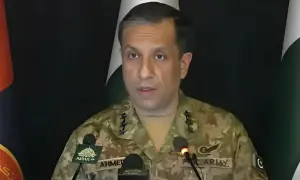

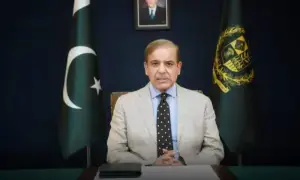

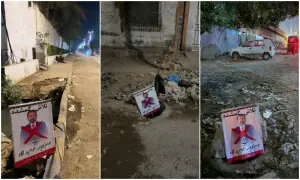
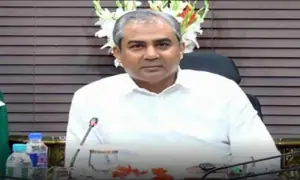



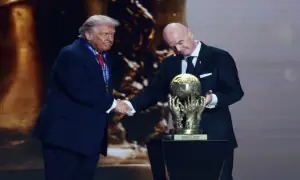




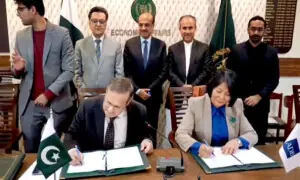
Comments are closed on this story.